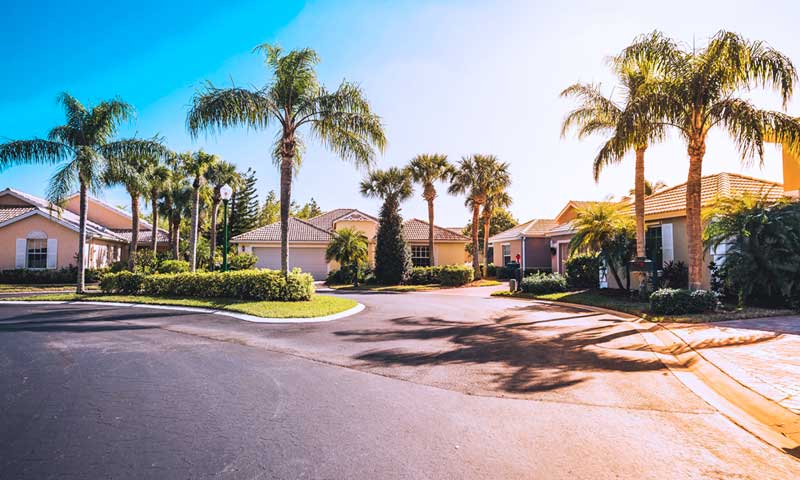BLOG
In previous articles and blogs we wrote about a new law enacted in 2012 which we considered one of the most surprising and anti-consumer pieces of legislation for Florida homeowners and HOAs. Section 553.835, Florida Statutes, was enacted in 2012 in direct response to a decision from the Fifth District Court of Appeal in the case of Lakeview Reserve Homeowners Association, Inc. v. Maronda Homes of Florida, Inc., where the appellate court extended the common law warranty of fitness and merchantability to off-site improvements such as infrastructure, roadways, retention ponds and drainage systems within a community, holding that “essential services” must include items that obviously support the home and make it habitable including roads for ingress and egress, drainage systems to divert flooding, retention ponds to correct water flow damage, and underground pipes (whether they be storm water or sanitary sewer pipes) which are necessary for living accommodations. The new law however, eliminated an HOA’s cause of action for breach of the common law warranty of fitness and merchantability as it pertains to improvements that are not located on or under the lot on which the home is constructed or which do not “immediately and directly support the habitability of the home itself.” The new law was specifically enacted “to reject the decision by the Fifth District Court of Appeal in the Maronda case…” and was also intended to apply to all cases accruing before, pending on, or filed after the July 1, 2012 effective date of the statute.
But earlier this month the Supreme Court of Florida issued its opinion agreeing with the appellate court below and chastising the legislature for overstepping its bounds stating “[t]he statute even provides that the purpose of the law is to place limitations on the applicability of the doctrine or theory of implied warranty of fitness and merchantability, and to reject the decision by the Fifth District Court of Appeal in the Maronda case. This is a clear violation of separation of powers because the Legislature does not sit as a supervising appellate court over our district courts of appeal.”
The attempt by the legislature to limit the Lakeview Reserve HOA’s ability to continue to pursue its existing cause of action against its developer and builder would have had the effect of just pulling the rug right out from underneath the HOA. The wisdom of the Supreme Court prevailed however and the Lakeview Reserve HOA will be able to maintain its claim because generally, once a cause of action accrues, it becomes a vested right – which means that it is a right that may not be eliminated or curtailed in any manner. Because in Maronda, the HOA had already filed suit for breach of implied warranties when the statute was enacted, its cause of action became a vested right which could not be taken away by an act of the legislature.
Even so, the developer and builder argued that the Supreme Court should not apply implied warranties beyond what the statute prescribes because it is generally the province of the Legislature to balance public policy and define the scope of the implied warranties. The Supreme Court fired back again stating “[i]t is however, the province of this Court and not the Legislature to decide issues of constitutional validity when a statute attempts to retroactively abolish common law remedies or the elements of such actions.” The Supreme Court also held that the new law does not apply to any causes of action that accrued before the effective date of the law.
With the passage of this new law, it is more imperative than ever that the turnover process for communities include thorough testing and inspections of the infrastructure and drainage systems by a certified engineer. If the community is experiencing flooding prior to turnover, the association should have its engineer inspect and identify any flaws in the infrastructure that may require additional work or repairs. Many times in the past, when these types of defects have arisen, the parties have been able to settle their issues because reputable developers and contractors generally take responsibility for faulty infrastructure and make the necessary repairs.

